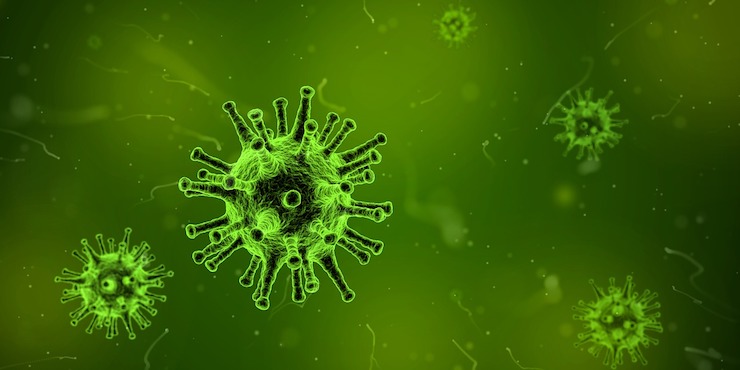A vaccine safety study never got any crazier. Researchers studying adverse events after vaccination in Cuba found they are ‘safe’ even though 10 children died, three were disabled and two got polio after the vaccines. 8 of the 13 disabilities and deaths were found to be directly related to vaccination, and the vaccines are still thought of as ‘low risk’. One death should have been too many:
ABSTRACT
INTRODUCTION Cuba has implemented an effective National Immunization Program since 1962. The schedule, administered primarily to children, comprises 11 vaccines (8 domestically produced) protecting against 13 diseases. In 1999 Cuba launched a national vaccine adverse event surveillance system to monitor and assess the safety of the immunization program, its vaccination procedures and the products administered.
OBJECTIVES Describe adverse events following vaccination reported in children aged <16 years in Cuba from 1999 through 2008.
METHODS A retrospective descriptive study was conducted of adverse events following vaccination reported from January 1999 through December 2008. Variables used: year, number of adverse events, province, type of vaccine, type and severity of adverse events (common minor, rare, severe), vaccination program errors, number of deaths, and final results of investigations of severe events. Percentages and rates per dose administered were calculated. Adverse event rates were calculated per 100,000 doses administered and by percentages of individual effects among events reported.
RESULTS A total of 45,237,532 vaccine doses were administered, and 26,159 vaccine-associated adverse events were reported (overall rate: 57.8 per 100,000 doses). The group aged 0-5 years reported the highest rate of vaccine-associated adverse events (82/100,000 doses). The DTwP vaccine exhibited the highest rate of adverse events. Common minor events were: fever (17,538), reactions at injection site (4470) and systemic side effects (2422). Rare events (by WHO definition) reported were: persistent crying (2666), hypotonic-hyporesponsive episodes (3), encephalopathy (2) and febrile seizures (112). Severe events included: anaphylaxis (2), respiratory distress (1), multiple organ failure (1), sudden death (1), vaccine-associated paralytic poliomyelitis (2), toxic shock syndrome (3), and sepsis (1). The 10 deaths and 3 cases of disability were investigated by an expert commission, which concluded that 8 of the 13 severe events were vaccination-related.
CONCLUSIONS Low rates of severe vaccine-associated adverse events observed in this study underline the low risk of vaccination relative to its demonstrated benefits in Cuba. Decision-making for the continued success of the National Immunization Program is supported by reliable information from comprehensive national surveillance with standarized reporting, along with multidisciplinary expert analysis of rare and severe adverse events and program errors.
Source:MEDICC rev. vol.14 n.1 Oakland Jan. 2012


